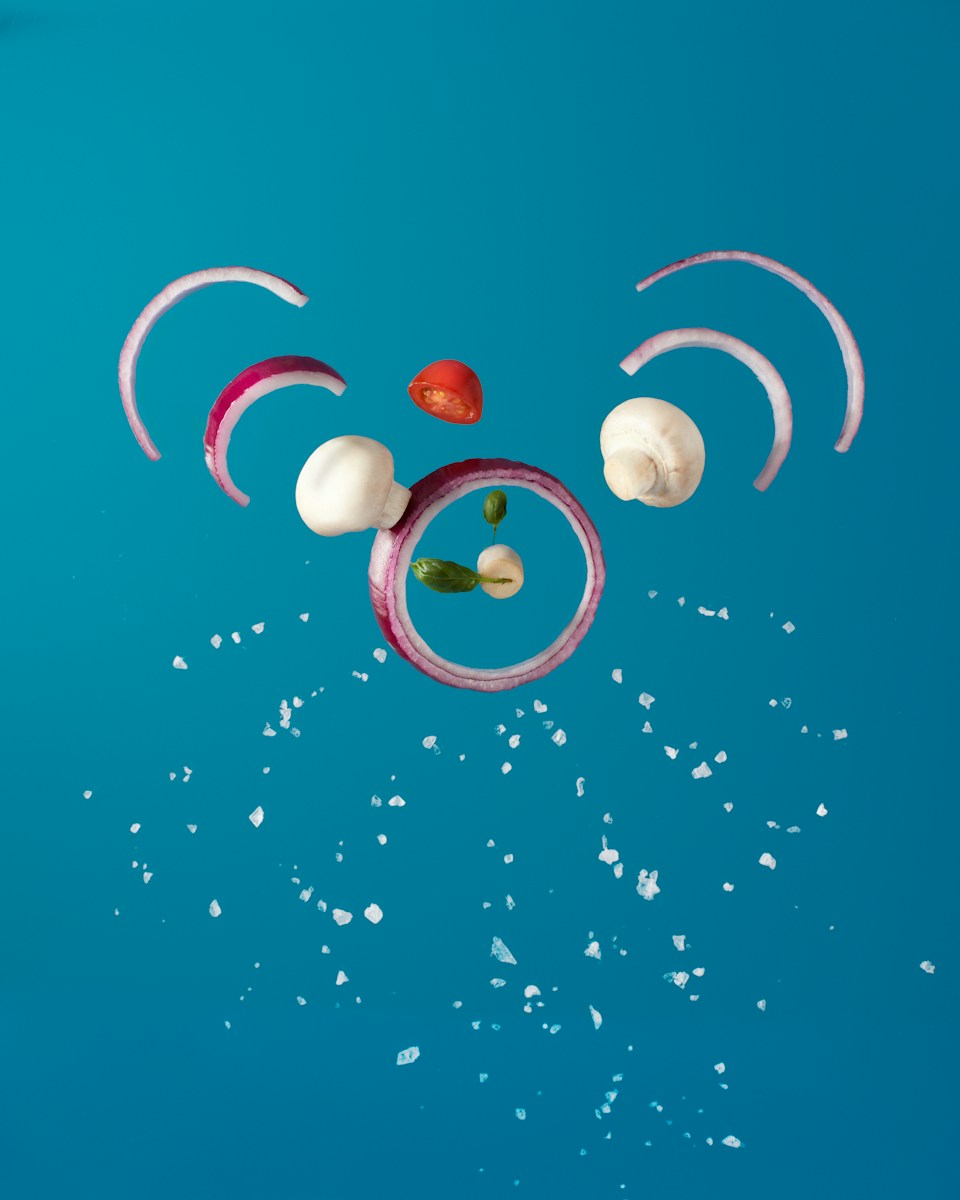Are Pringles Healthy?
Pringles, the popular potato-based snack, have become a staple in many households around the world. With their unique shape and addictive taste, it’s no wonder that people often find themselves reaching for a can of Pringles when they’re in need of a quick snack. However, there has been ongoing debate about whether Pringles can be considered a healthy choice. In this article, we will explore the nutritional content of Pringles, examine their potential health effects, and provide insights into whether they can be part of a balanced diet.
Nutritional Content of Pringles
Pringles are made from dehydrated potatoes, vegetable oils, and a blend of seasonings. They are then formed into their distinctive shape and baked to achieve their crispy texture. While Pringles may be delicious, they are not particularly nutrient-dense. Here is a breakdown of the nutritional content of a typical serving size (about 15 chips or 28 grams) of original-flavored Pringles:
- Calories: 150
- Total fat: 9 grams
- Saturated fat: 2.5 grams
- Sodium: 150 milligrams
- Carbohydrates: 15 grams
- Fiber: 1 gram
- Sugar: less than 1 gram
- Protein: 1 gram
From the nutritional breakdown, it is evident that Pringles are relatively high in calories and fat, particularly saturated fat. They also contain a moderate amount of sodium. While they do provide some carbohydrates, the fiber content is quite low. Additionally, Pringles are not a significant source of vitamins or minerals.
Potential Health Effects
Consuming Pringles in moderation is unlikely to have a significant negative impact on overall health. However, it is important to be aware of the potential health effects associated with regular or excessive consumption:
- Weight gain: Pringles are calorie-dense and can contribute to weight gain if consumed in large quantities or as part of an unbalanced diet.
- High sodium intake: The sodium content in Pringles is relatively high, and excessive sodium intake can lead to increased blood pressure and an increased risk of heart disease.
- Unhealthy fats: Pringles contain saturated fats, which, when consumed in excess, can raise cholesterol levels and increase the risk of heart disease.
- Lack of nutrients: Pringles are low in essential nutrients such as vitamins, minerals, and fiber, which are important for overall health and well-being.
Incorporating Pringles into a Balanced Diet
While Pringles may not be the healthiest snack option, they can still be enjoyed as part of a balanced diet when consumed in moderation. Here are some tips for incorporating Pringles into a healthy eating plan:
- Portion control: Stick to the recommended serving size and avoid mindlessly snacking on an entire can of Pringles.
- Pair with healthier options: Enjoy Pringles alongside nutrient-rich foods such as fresh fruits, vegetables, or a source of lean protein.
- Balance with exercise: Regular physical activity can help offset the potential negative effects of consuming Pringles by promoting overall health and weight management.
- Explore healthier alternatives: Look for alternative snack options that are lower in calories, fat, and sodium, and higher in nutrients.
It is important to note that individual dietary needs and preferences may vary. Some individuals may choose to avoid Pringles altogether due to their nutritional profile, while others may enjoy them occasionally as a treat. Ultimately, the key to a healthy diet is balance, moderation, and variety.
In conclusion, Pringles can be enjoyed as an occasional snack, but they should not be relied upon as a significant source of nutrition. While they may not be the healthiest choice, incorporating them into a balanced diet can be done in moderation. It is essential to be mindful of portion sizes and to prioritize nutrient-rich foods for overall health and well-being.
